Ten years of war. How it all began
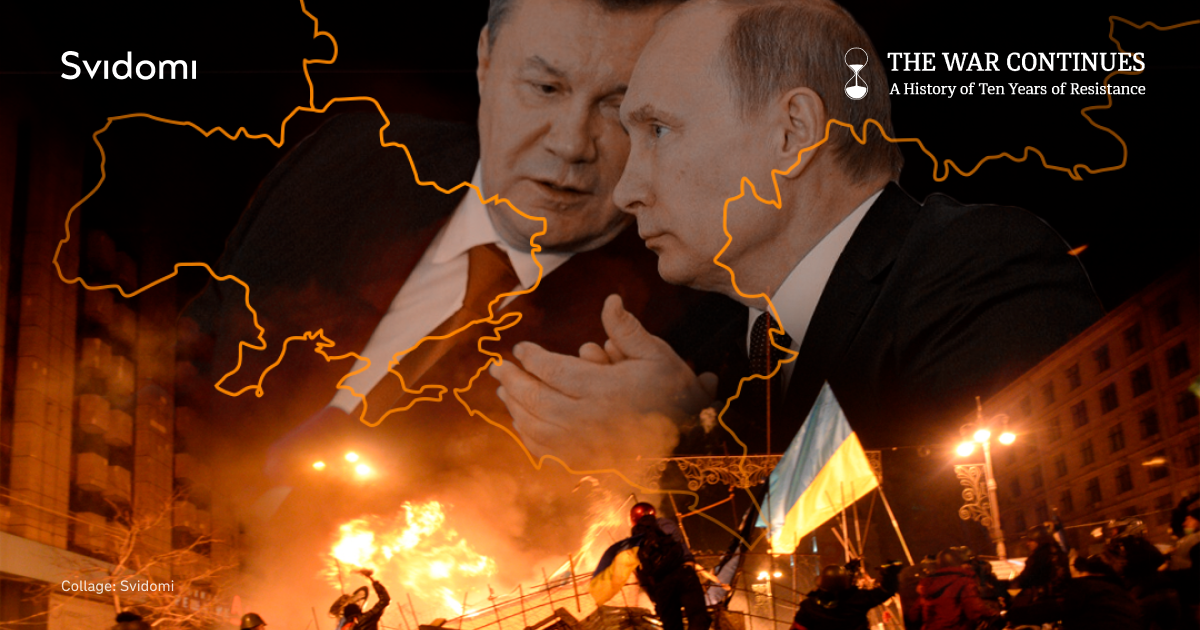
Mariupol, Bakhmut, Kramatorsk, Sloviansk, Sievierodonetsk, Lysychansk — many of the names you may have heard in the news about the war in Ukraine over the past two years have already been part of its history.
These towns, as well as many other settlements in the Donetsk and Luhansk regions, were already occupied by the pro-Russian illegal armed groups in 2014-2015. Later, the Ukrainian military liberated the towns and villages.
In 2022, Russia launched a full-scale armed invasion of Ukraine and seized some cities for the second time. This time, in the wake of the heavy fighting and attempts to wipe Ukrainian settlements off the map.
In this text, we go back to the events of a decade ago and explain how it all began.
This article was published as part of the special project 'The War Continues: A History of Ten Years of Resistance'.
Background, but not the cause
Since regaining its independence in 1991, Ukraine has long been under Russian influence. Pro-Russian politicians were in power, Russian programs were broadcast on television, the Russian Black Sea Fleet remained stationed in Ukrainian Crimea, and Ukraine paid its gas debts with bomber aircraft and missiles that Russia now uses to shell civilian towns.
In 2010, Viktor Yanukovych became president — twice convicted in his youth, he came from the so-called Donetsk regional political clan in the east of Ukraine. He was head of the Donetsk regional state administration (1997-2002) and twice prime minister of Ukraine (2002–2005 and 2006–2007).
Yanukovych was elected president for the second time. The first time, in 2004, he allegedly won a majority of votes in the second round of the presidential election, but the opposition launched protests over alleged fraud. Ukraine held a third round of elections, which Yanukovych lost.
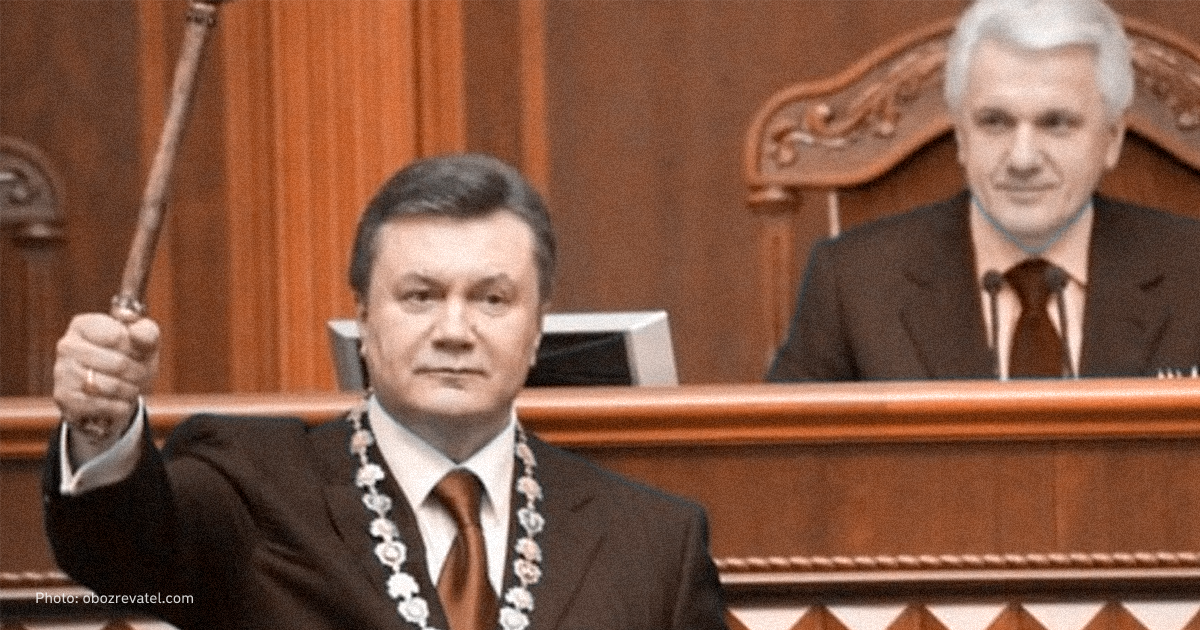
When he finally became president in 2010, he tried to work with Europe and Russia simultaneously. The government convinced the Ukrainian people that Ukraine's integration into the EU was essential. Still, on November 21, 2013, the Cabinet of Ministers decided not to sign the Association Agreement with the EU and to "resume an active dialogue" with Russia and the Customs Union. Yanukovych changed his mind after a meeting with Russian President Vladimir Putin.
Outraged by this turn of events, people gathered in Kyiv's Maidan Nezalezhnosti (Independence Square), the main square of Ukraine. Police beat peaceful protesters on November 30, 2013. The action turned from a protest for European integration into the Revolution of Dignity against the arbitrariness of the authorities and law enforcement. The protests spread throughout Ukraine.
At the end of January 2014, sniper bullets killed the first protesters in Kyiv; the capital was the scene of the revolution. By the end of February, the police had killed more than 100 people. The Maidan trials are still ongoing. Some of the law enforcement officers of the time are in Russia.
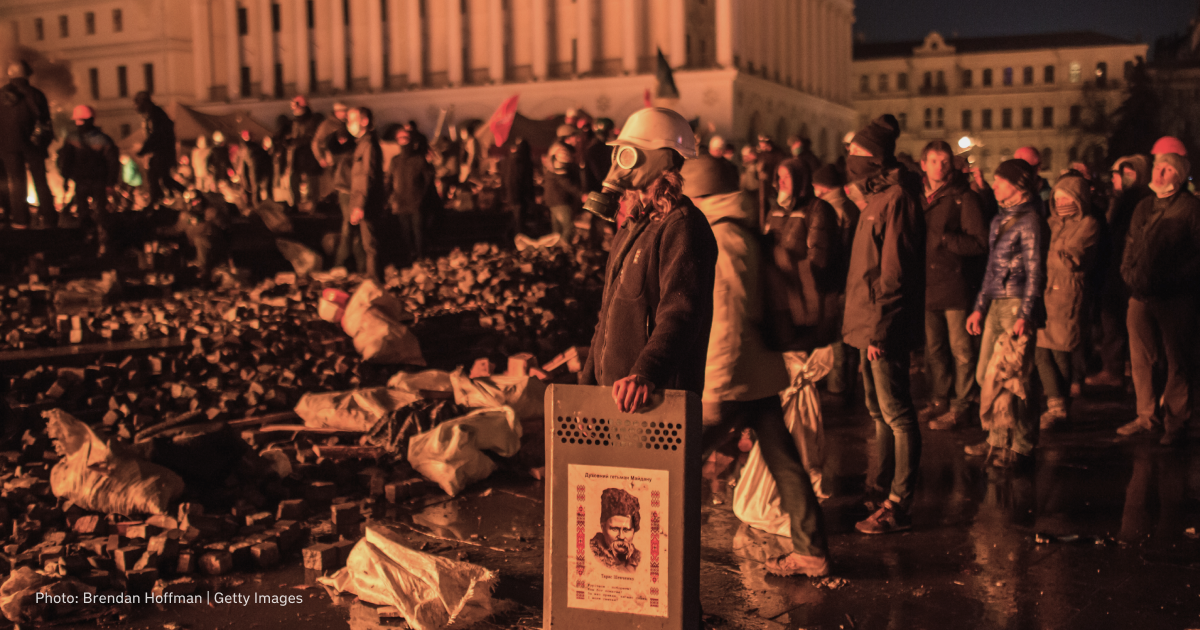
Viktor Yanukovych also fled there on the night of February 22, 2014. On the same day, the Verkhovna Rada supported a resolution on the self-removal of the President and appointment of extraordinary elections. Oleksandr Turchynov was elected Speaker of the Parliament and became acting President of Ukraine.
Ukraine found itself in a situation of political instability and devastation: the head of state fled, and the revolution in Kyiv won, but after a fierce struggle and heavy losses.
At the same time, Russians began to seize military facilities and administrative buildings on the Crimean peninsula. On February 27, 2014, unmarked Russian special forces took over the parliament and government of the Autonomous Republic of Crimea and hung Russian flags over them.
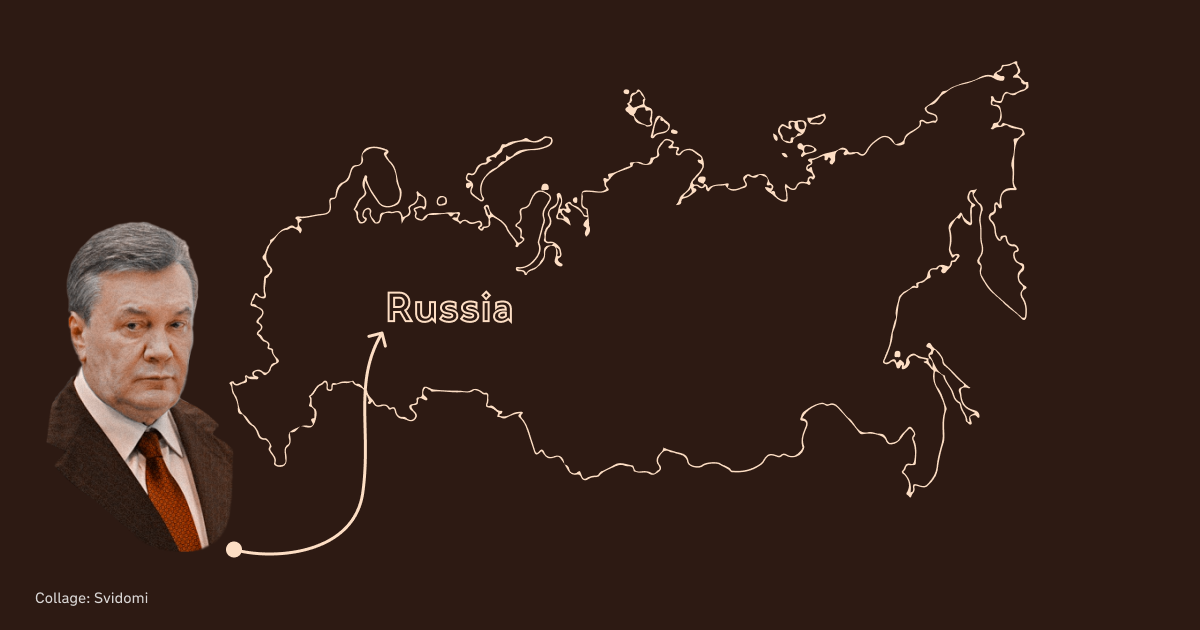
On March 16, the Russians held an illegal so-called "referendum", which resulted in the "annexation" of Crimea to the Russian Federation. Ukraine and most countries in the world do not recognise the illegal vote and consider the Crimean peninsula part of Ukraine.
In cities in the south and east, pro-European protesters were countered by people flying Russian flags who did not recognise Ukraine's interim political leadership. They did not achieve their goal in Kharkiv, Odesa, or Zaporizhzhia, but separatists began to seize administrative buildings in Donetsk and Luhansk.
On February 23, 2014, police formed a tight square around a small group of people in Donetsk. Inside was a rally-requiem of pro-Ukrainian activists for those killed in Kyiv — the last peaceful gathering in the city in the east, located about 90 kilometres from the border with Russia. The campaign lasted 20 minutes.
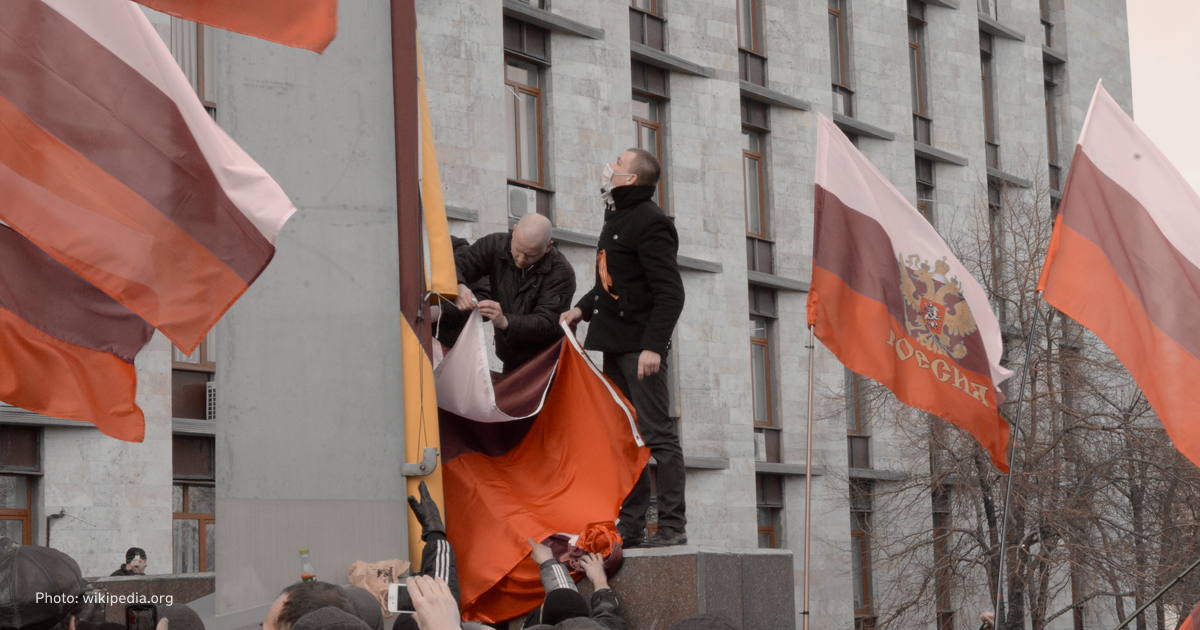
"There might have been a hundred of us; outside the police cordon, there were about a thousand aggressive pro-Russian people who came with bats, metal chains, wooden sticks with nails in them," Kateryna Zhemchuzhnykova, an activist and journalist from Donetsk, told SvidomI. It was the last day that the Donetsk police had performed their duty, as they then began to play along with the pro-Russian crowd.
On March 13, 22-year-old pro-Ukrainian activist Dmytro Cherniavskyi was killed during clashes between supporters of Ukraine and Russia. Dmytro was the first to die in Donetsk.
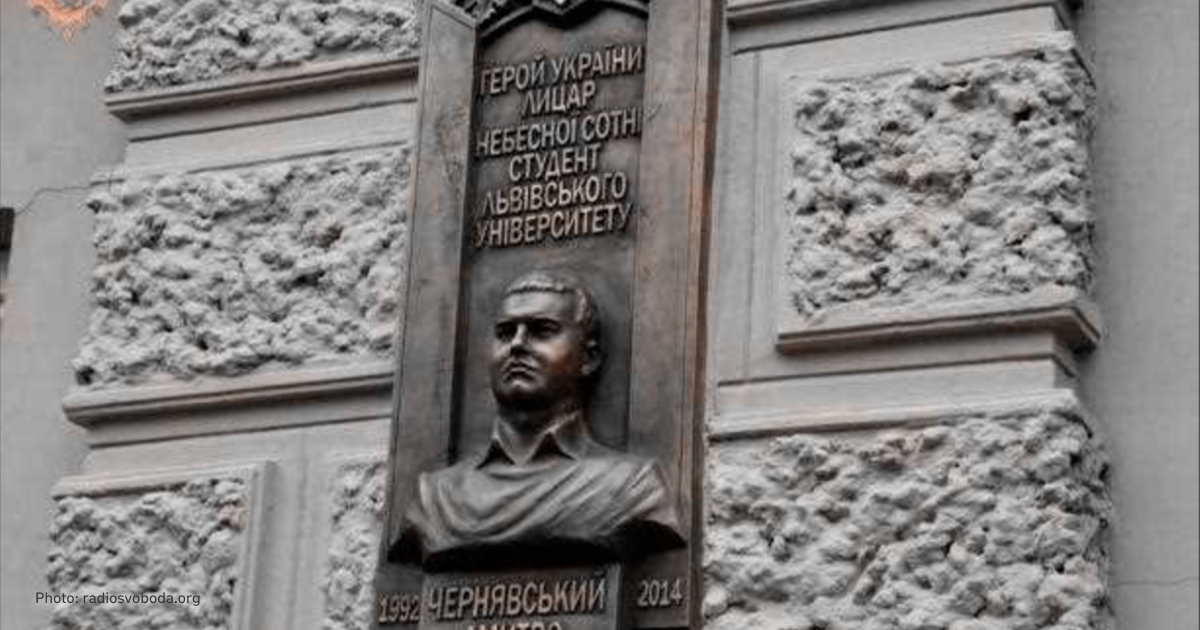
Svidomi has already devoted a separate article to the events unfolding in the east of Ukraine.

Separatist movements and the Russian factor
In March-April 2014, a wave of seizures of administrative buildings swept across the Donetsk and Luhansk regions. The political leadership that had just come to power in Kyiv had no control over the events in the east and let the situation run its course. Local authorities hardly intervened and backed the separatists. On March 2, 2014, the Luhansk Regional Council recognised the new Ukrainian government as "illegitimate". Both law enforcement and security forces failed to perform their duties.
The Security Service of Ukraine (SSU) tried to counteract the pro-Russian separatists and detained some of their leaders, but as it turned out, this did not improve the situation in the region. In early April 2014, the armed groups seized the SSU building in Luhansk and took possession of the weapons stored there.
On April 7, the separatists announced the creation of the so-called Donetsk People's Republic. The Luhansk People's Republic was 'proclaimed' 20 days later.
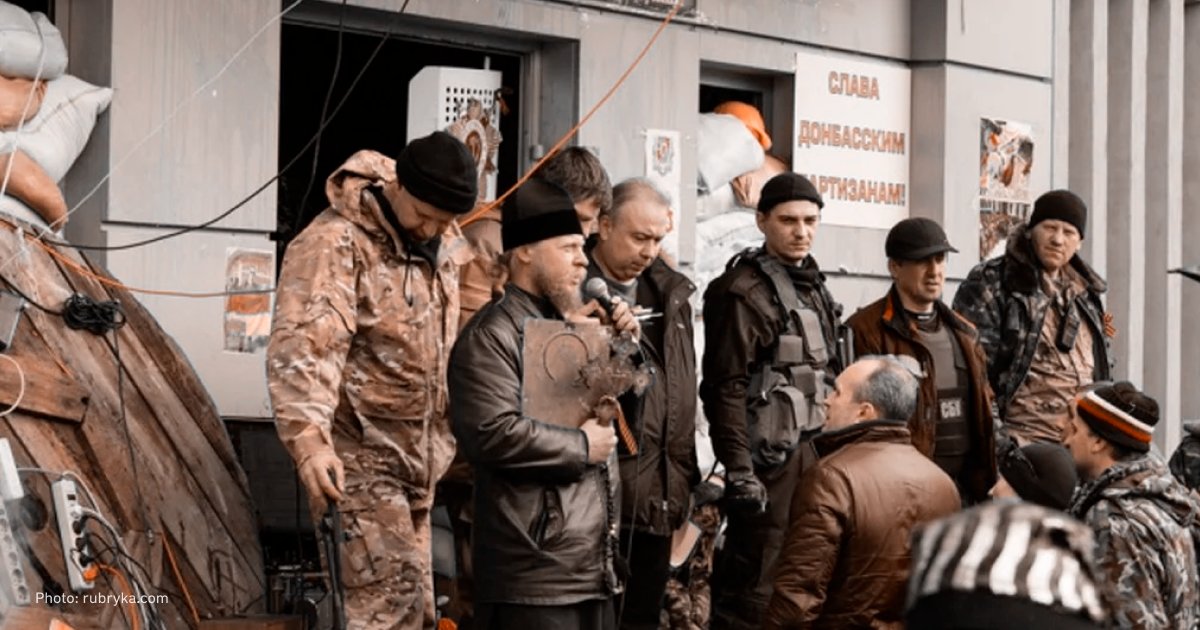
On May 11, the so-called 'republics' held a 'referendum' on the alleged independence. Ukraine or the international community never recognised it. While in Crimea, the 'referendum' asked about reunification with Russia, here, they did not mention Russia. Nevertheless, the European Court of Human Rights recognised May 11, 2014, as the beginning of Russian control over the territories seized by the separatists.
"When separatists seized the administration buildings in Donetsk and Luhansk, intelligence reports showed they (separatists – ed.) regularly contacted Russia. It proved easy to see the Russian curators were giving the command to hold on, arm themselves and wait for reinforcements," the former acting President of Ukraine Oleksandr Turchynov told the BBC.
Chaos reigned in the region. Groups and formations emerged in different cities, trying to seize power and, at the same time, conflicting with each other. Ukraine was losing influence and information control over the population. In such circumstances, the Russian factor came into play.
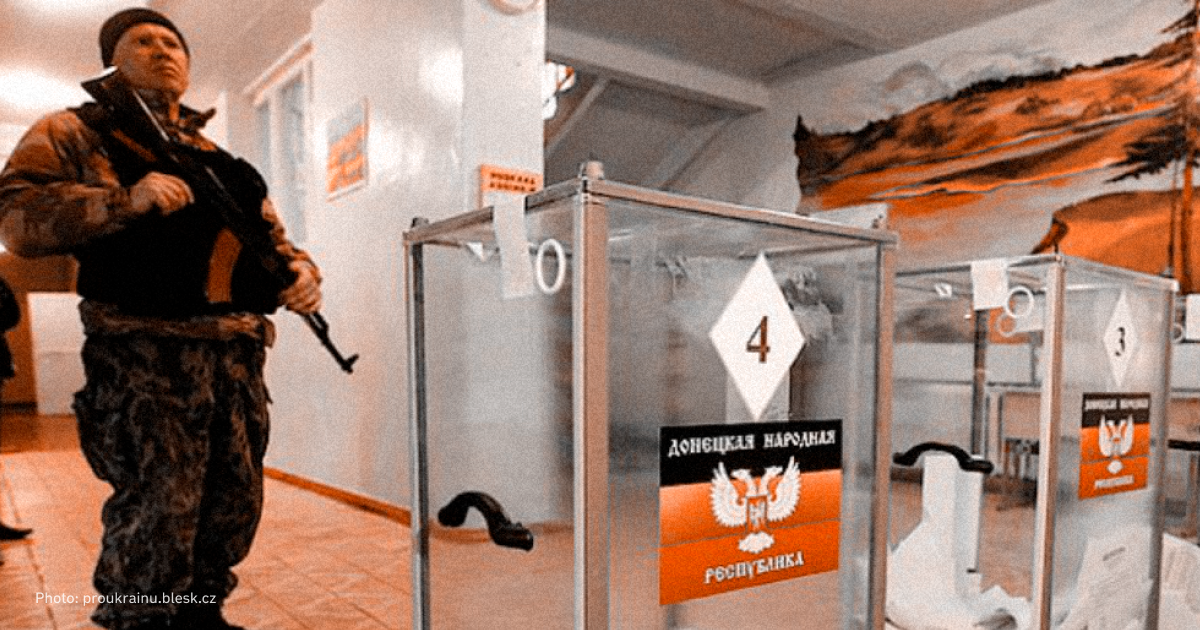
Journalists from the east, Denys Kazanskyi (Donetsk) and Maryna Vorotyntseva (Luhansk) described the events in detail in their book How Ukraine Lost Donbas.
They recall that since mid-March, the Ukrainian army pulled military equipment to the eastern border — outdated, rusty tanks and tractors made during the Soviet era. This angered Russia's supporters, as many still hoped that Putin would annex the Donbas in a 'Crimean scenario' and that Ukraine would not resist.
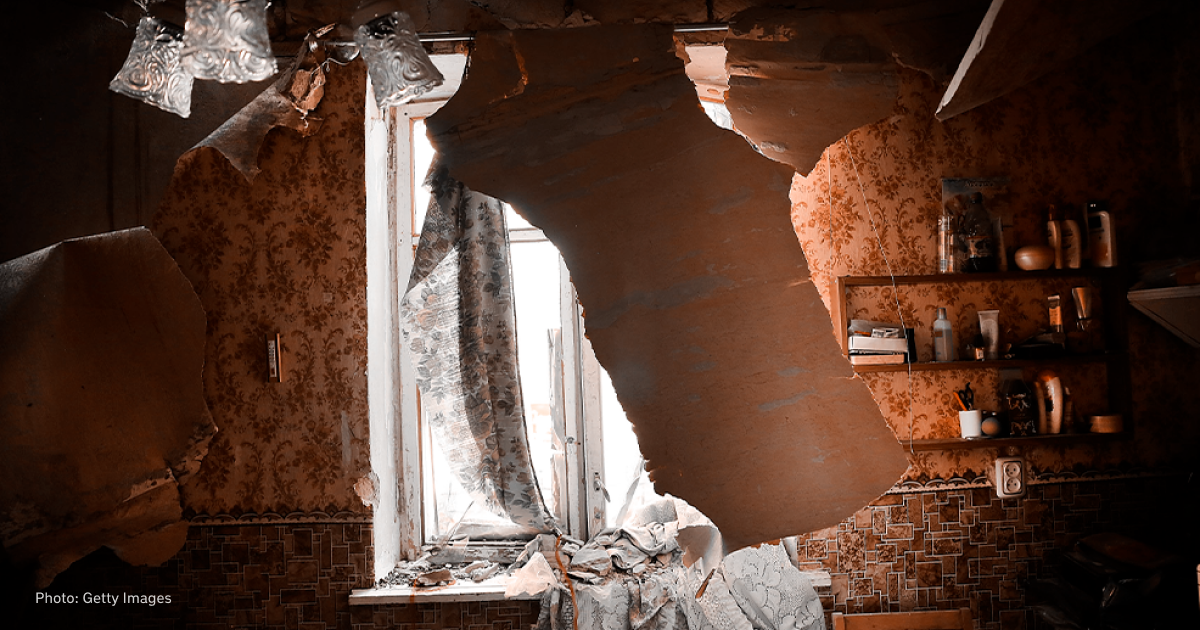
It felt like something was looming, but only when Russian saboteurs appeared did it come to direct clashes and bloodshed. On April 12, 2014, an armed group commanded by a Russian, Igor Girkin (Strelkov), entered Sloviansk, one of the largest cities in the Donetsk region and one of the region's important transportation nods. The militants seized the Ministry of Internal Affairs local office and took control of all exits from the city. At the same time, they held the neighbouring city of Kramatorsk. Both towns are now under the control of the Ukrainian government, with Kramatorsk serving as the administrative centre of the Donetsk region since the Russians have taken over Donetsk.
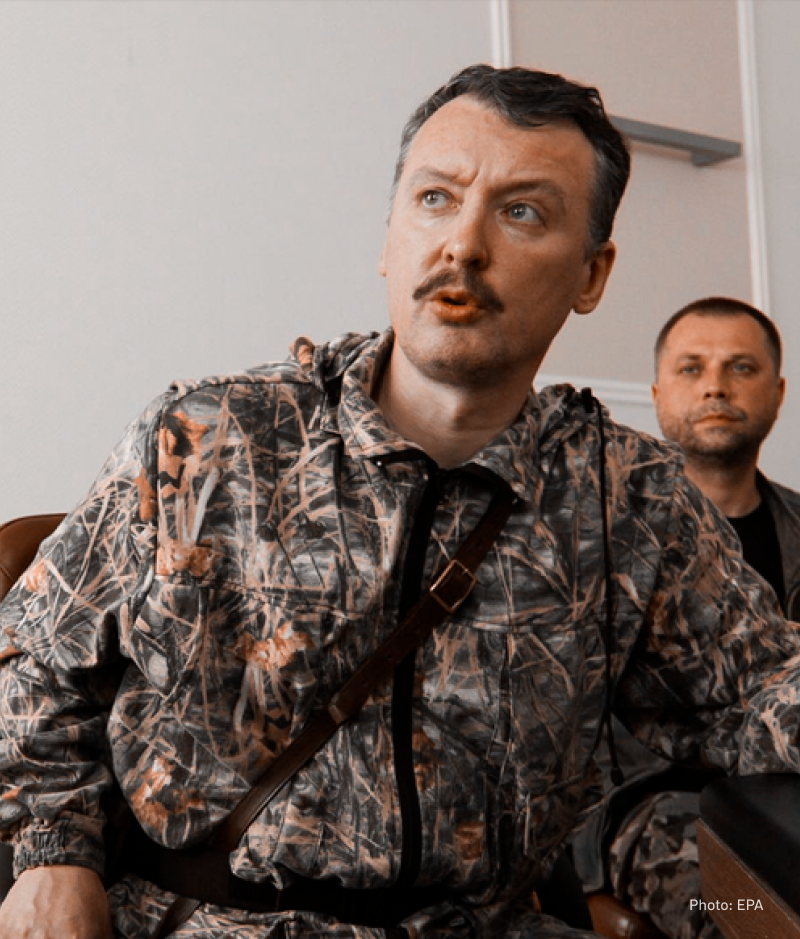
I was the one who pulled the trigger on the war. If our unit hadn't crossed the border, it would have ended up like in Kharkiv and Odesa (pro-Russian separatist movements failed to achieve their goals in these cities, and since 2022, Russia has been constantly shelling Kharkiv, located in the east of Ukraine, and Odesa on the Black Sea - ed.) There would be a few dozen people killed, burned, and arrested. And that would have been the end of it. Instead, it was our unit that started the flywheel of the war, which is still going on,
Igor Girkin said in an interview with the Russian newspaper Zavtra (Tomorrow). Russia did not officially recognise its involvement in the war until February 2022.
Strelkov-Girkin is a former Russian Federal Security Service (FSS) officer. In March 2014, he took part in the seizure of Crimea. Later, the militant claimed to be the 'Minister of Defence of the DPR'. In 2022, a court in the Netherlands found Girkin guilty in absentia of shooting down a Malaysia Airlines plane on July 17, 2014, in the skies over the Donetsk region. There were 298 people on board, all of whom died. In 2024, a court in Moscow sentenced him to four years in prison for "calling for extremism". In his posts on social media, the former officer criticised the Russian authorities for their allegedly "soft policy towards Ukraine" during the full-scale war.
On April 13, 2014, Ukrainian special services tried to enter Sloviansk. Saboteurs opened fire and killed SSU Captain Hennadii Bilichenko. Ukraine announced the start of an anti-terrorist operation.
However, martial law was not imposed. First, it was necessary to hold a snap presidential election.
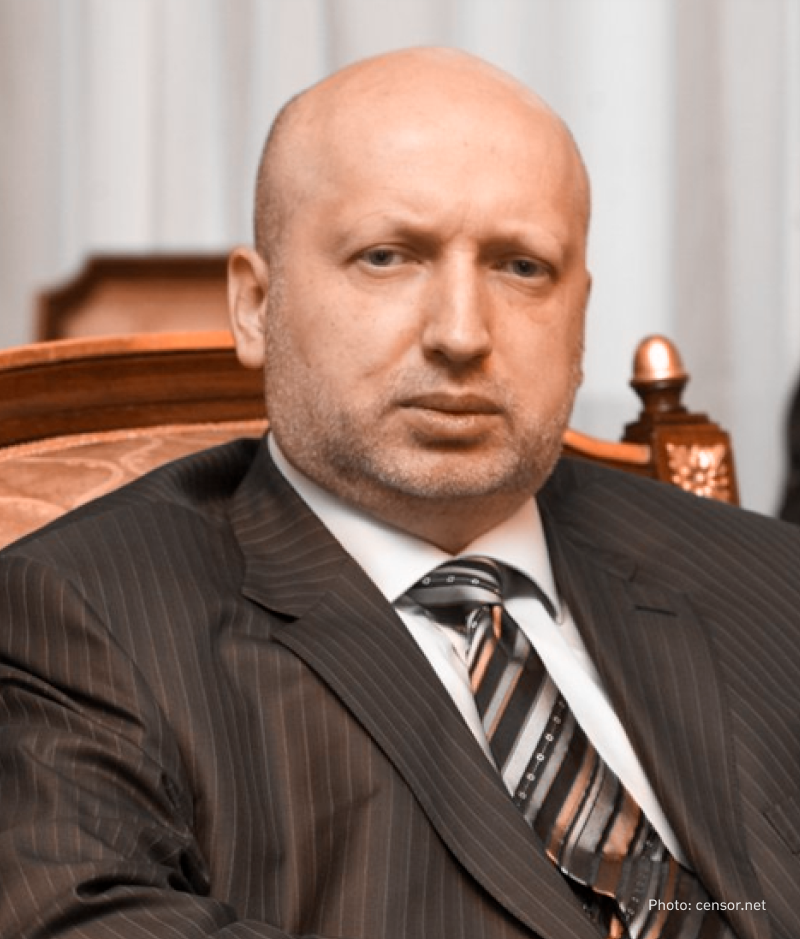
I had to do anything to hold fair elections that society would recognise. It was the only way I could beat [Russia's] 'trump card' of the illegitimacy of the Ukrainian government,
the former acting President of Ukraine, Oleksandr Turchynov, later said.
In June 2014, Petro Poroshenko became president following the election. In his policy, Poroshenko focused on Europe. Until 2019, Oleksandr Turchynov was the Secretary of Ukraine's National Security and Defence Council.
The emergence of the Russians dramatically changed the situation in the east of Ukraine and destroyed the influence of the local elite and separatist leaders, who were replacing each other.
"The situation in the region was already explosive, but no one was willing to light the decisive match. Therefore, the fire of war in Donbas had to come from Russia. Retired FSS officer Igor Girkin became the Prometheus who agreed to bring it. Russia sent weapons, equipment and ammunition to Donbas, which would have been impossible if Strelkov had acted against the will of the Russian government," journalists Kazanskyi and Vorotyntseva write.
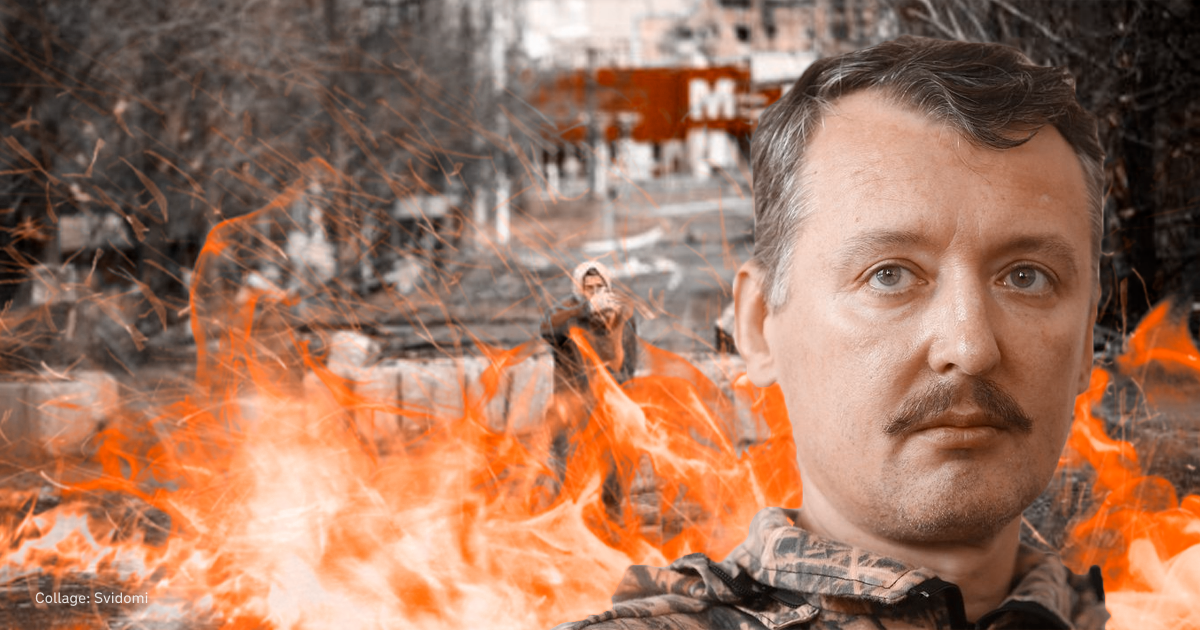
Ukrainian activists organised their actions even though the administration buildings were seized by armed militants rather than by marginalised people. The local authorities effectively ignored these voices when they were still in place.
"The position of the [local] administration was clear. We did not expect them to act appropriately. It was disappointing for us that the events that took place were ignored at the state level. This affected the public mood — there was a sense of despair and that the region was being 'merged'," Yuliia Krasilnykova, Executive Director of the Vostok SOS Foundation and an activist from Luhansk, told Svidomi.
With chaos beginning to reign in the region, residents gradually moved to the Ukrainian government-controlled areas, and their voices were no longer taken into account at home. In 2016, the Ministry of Social Policy of Ukraine reported that more than 1.7 million people from Crimea, the Donetsk and Luhansk regions had been internally displaced.
Kazanskyi and Vorotyntseva write that radical pro-Russian sentiment in the region was not dominant. Each side had someone to lean on, and the one who managed to seize the initiative — the pro-Russian side — gained control of the region, thanks to the militants' firm actions and the treacherous position of local elites. The Ukrainian state, on the other hand, acted slowly and indecisively.
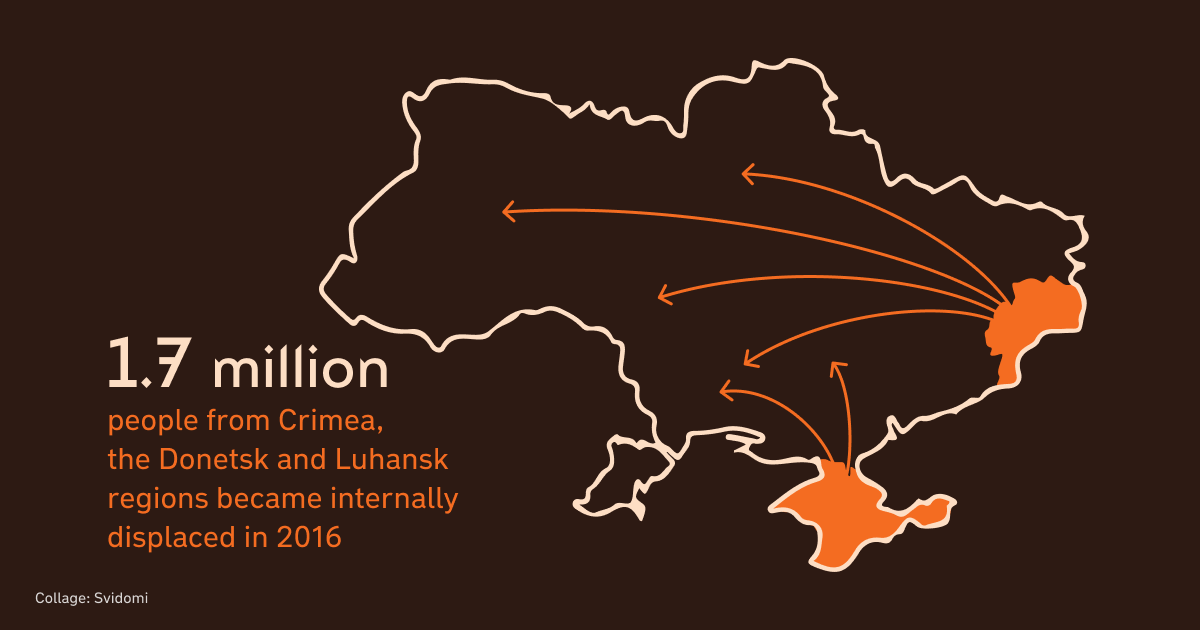
Hostilities of 2014-2015
The Ukrainian army needed time to raise resources and train people. "It was the patriots who saved the day. I believe the volunteer battalions fulfilled their historic mission — with their self-sacrifice, they gave us time to rebuild the army," Oleksandr Turchynov said.
He recalls that the Ukrainian military was not morally prepared to open fire. The awareness of war came as the separatists and Russians took over the region. By mid-May 2014, it was a full-fledged war.
The country's integrity was to be preserved amid an election campaign, with an unprepared army lacking modern equipment or even helmets or bulletproof vests. Moreover, there was no international support, which became decisive after the start of the full-scale invasion in 2022.
Active fighting continued throughout 2014. Separatists, backed by Russians, actively seized administrations in the Donetsk and Luhansk regions in May and June.
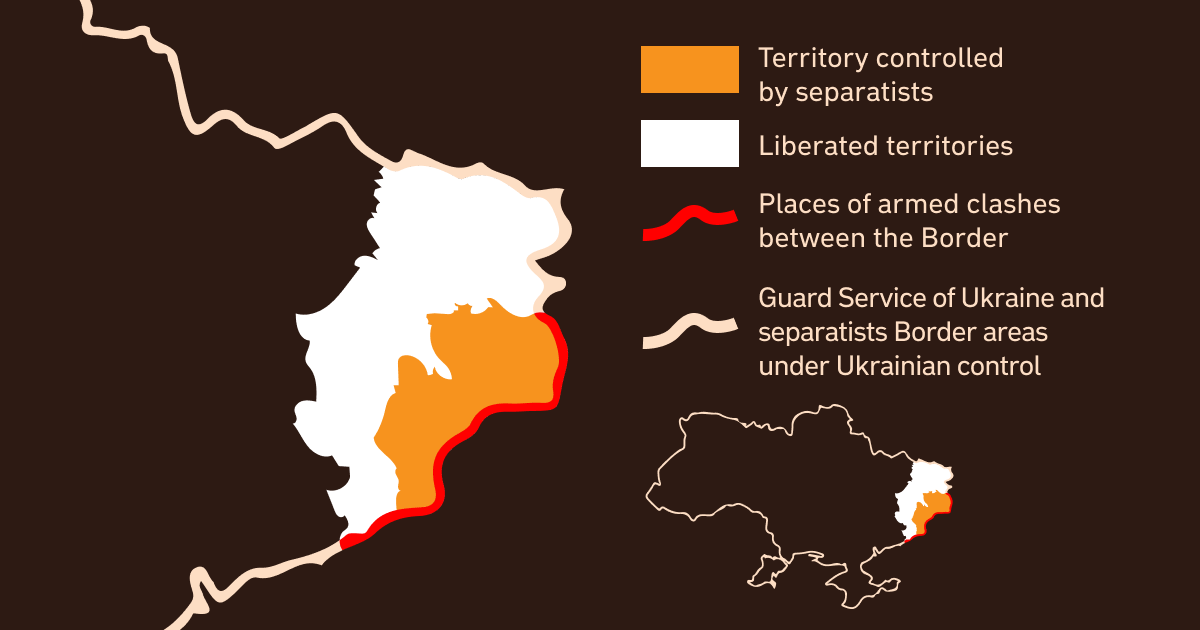
In June 2014, the port city on the Azov Sea and industrial giant Mariupol returned to Ukrainian control. In 2022, the Russians recaptured Mariupol after a multi-day siege and bombardment.
In July, the Ukrainian military launched an active counter-offensive. On July 5, Sloviansk and Kramatorsk were de-occupied. Girkin's military units retreated to Donetsk. A month later, local youth marched for Ukraine's unity in Sloviansk.
In 2023, Svidomi's journalists visited both cities, now the largest outposts in the region under the control of the Ukrainian government. Located about 30 kilometres from the front line as of January 2024, the towns often suffer from Russian shelling but fly Ukrainian flags and are certainly not ready for re-occupation.
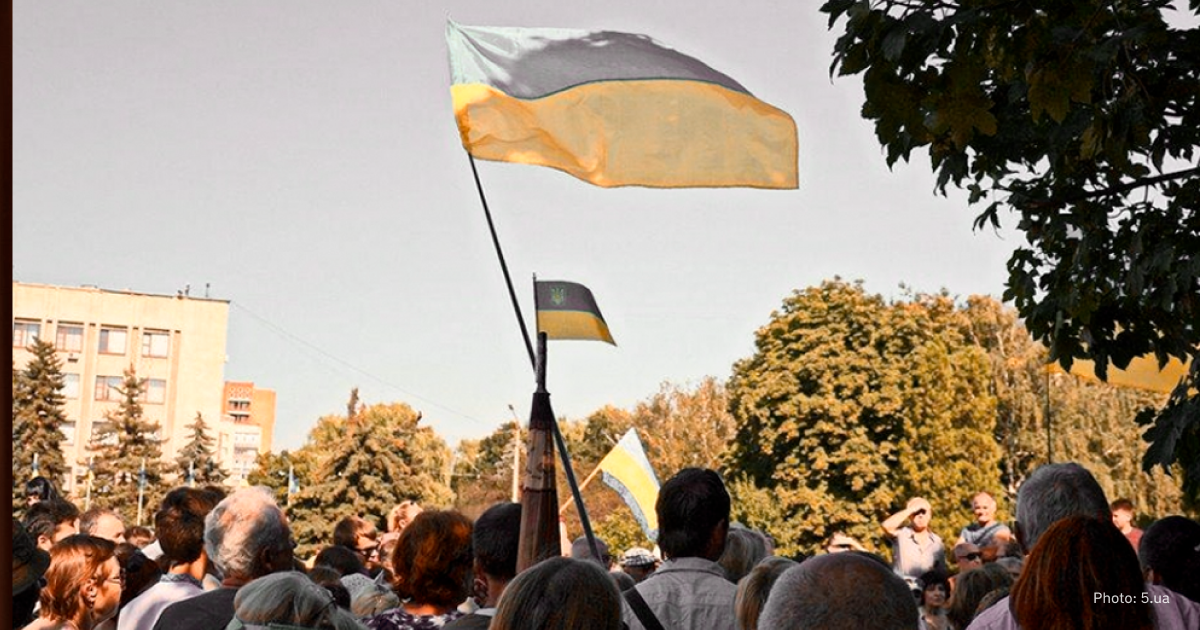
In July 2014, Lysychansk, Rubizhne and Sievierodonetsk in the Luhansk region were also liberated and remained under Ukrainian control until the outbreak of full-scale war in 2022.
The battle for Ilovaisk and the Donetsk airport was one of the most critical and tragic military operations.
Ilovaisk is a small town east of Donetsk. In late summer 2014, Ukrainian troops were surrounded there. The parties agreed on a "green corridor" on 29 August, but pro-Russian militants violated the agreement and shot Ukrainian soldiers. Three hundred sixty-six soldiers were killed, over 400 were wounded, and almost 300 went missing or were taken prisoner.
The defence of Donetsk airport lasted for 242 days, and in Ukraine, its defenders were called "cyborgs" for their resilience and endurance. Active fighting took place between September 2014 and January 2015. At the end of January, pro-Russian militants blew up the new terminal, where Ukrainian soldiers were stationed. Those who survived left the airport on January 22.
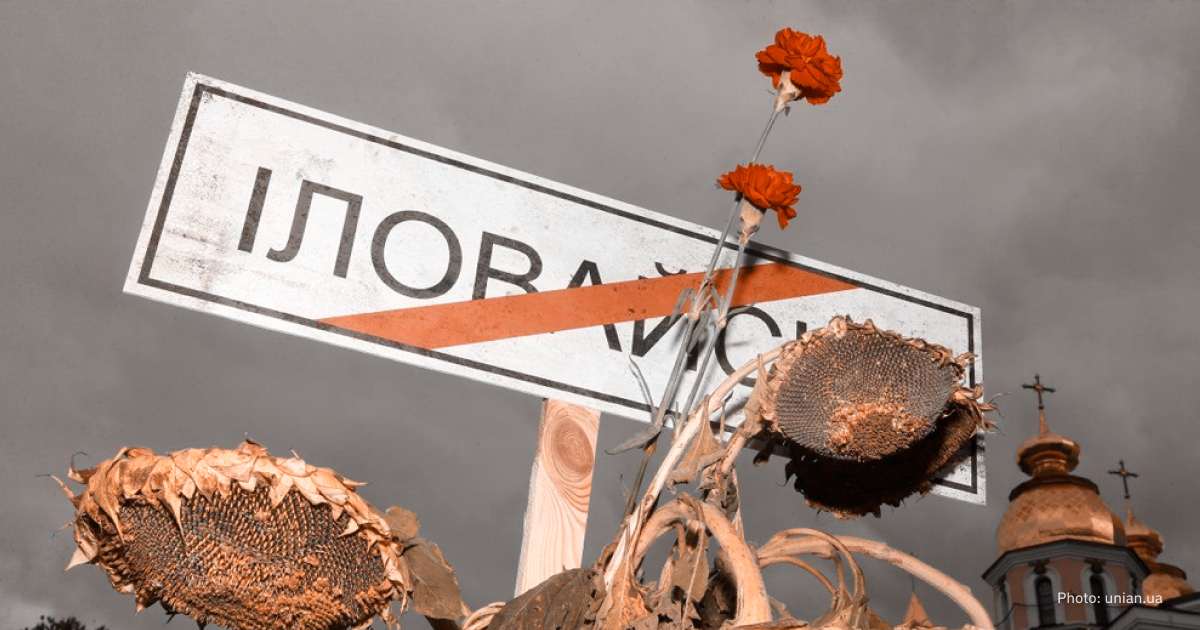
2015-2022
In February 2015, representatives of Ukraine, Russia, the OSCE and the illegal armed groups of the DPR and LPR signed a document known as Minsk-2 to de-escalate hostilities.
Since 2015, positional fighting has continued, with the front line not moving towards either side. At the time, the liberated cities were being restored under Ukrainian control, while Russia was conducting passport issuance in the temporarily occupied territories and violating the agreed ceasefire.
On February 24, 2022, Russia openly launched a full-scale invasion of Ukraine. The war expanded along the entire Ukrainian border in the north, east, and south. Russia is conducting air, land and sea strikes in all regions and is attacking in cyber and information space.
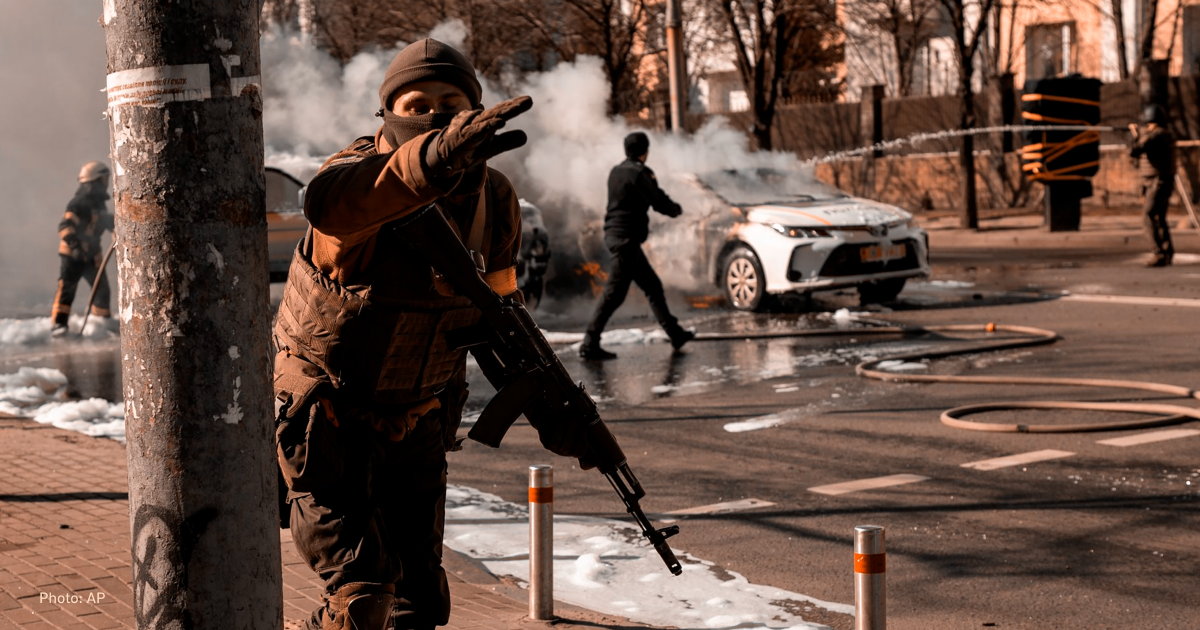
On September 30, 2022, Russian President Vladimir Putin signed documents on the ‘accession’ as part of the Russian Federation of the 'DPR' and 'LPR' entities, as well as the territories of the Kherson and Zaporizhzhia regions of Ukraine occupied by the Russian army in 2022.
Mariupol, Sievierodonetsk, Lysychansk, Rubizhne, Mariinka, and Bakhmut were recaptured, having previously destroyed the cities and killed thousands of civilians.
However, this is Modern History, which is being written now.


